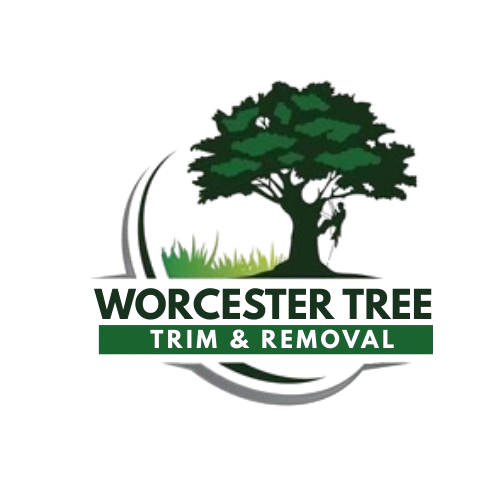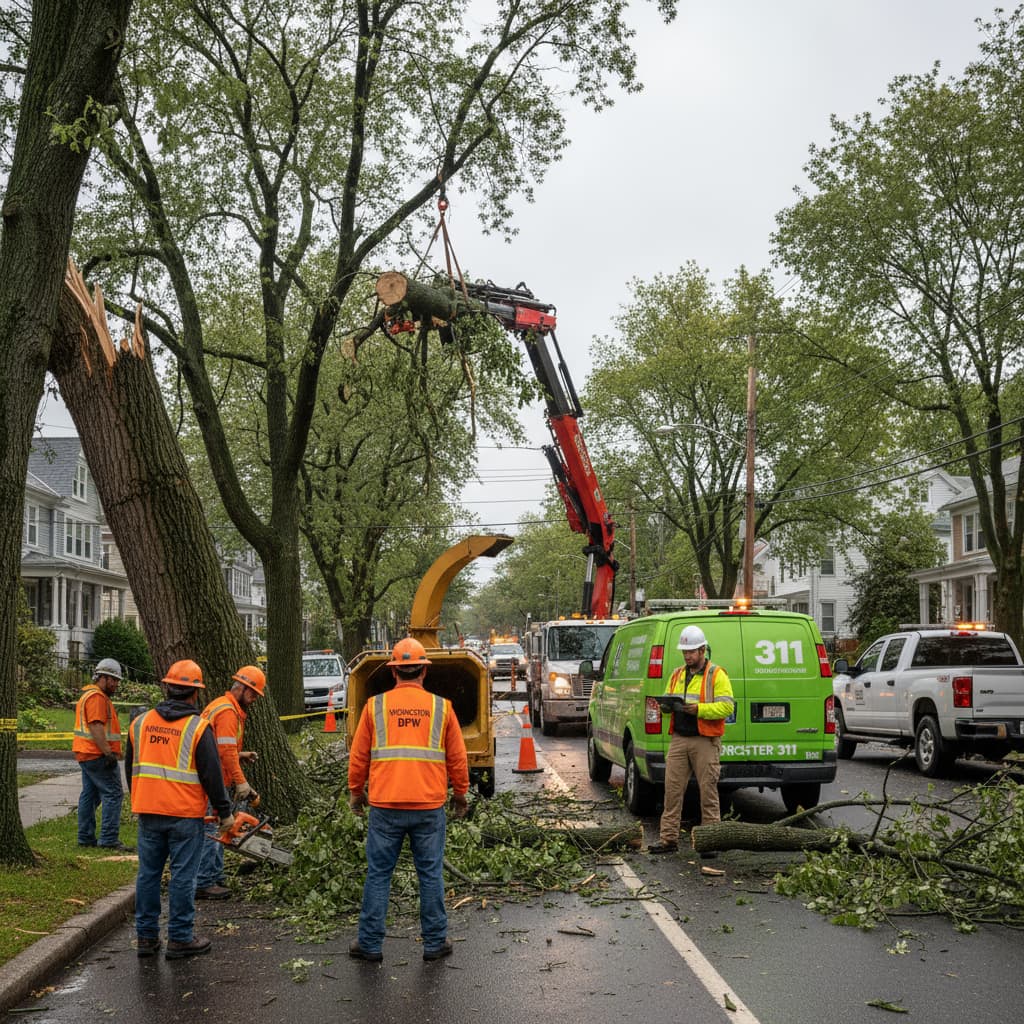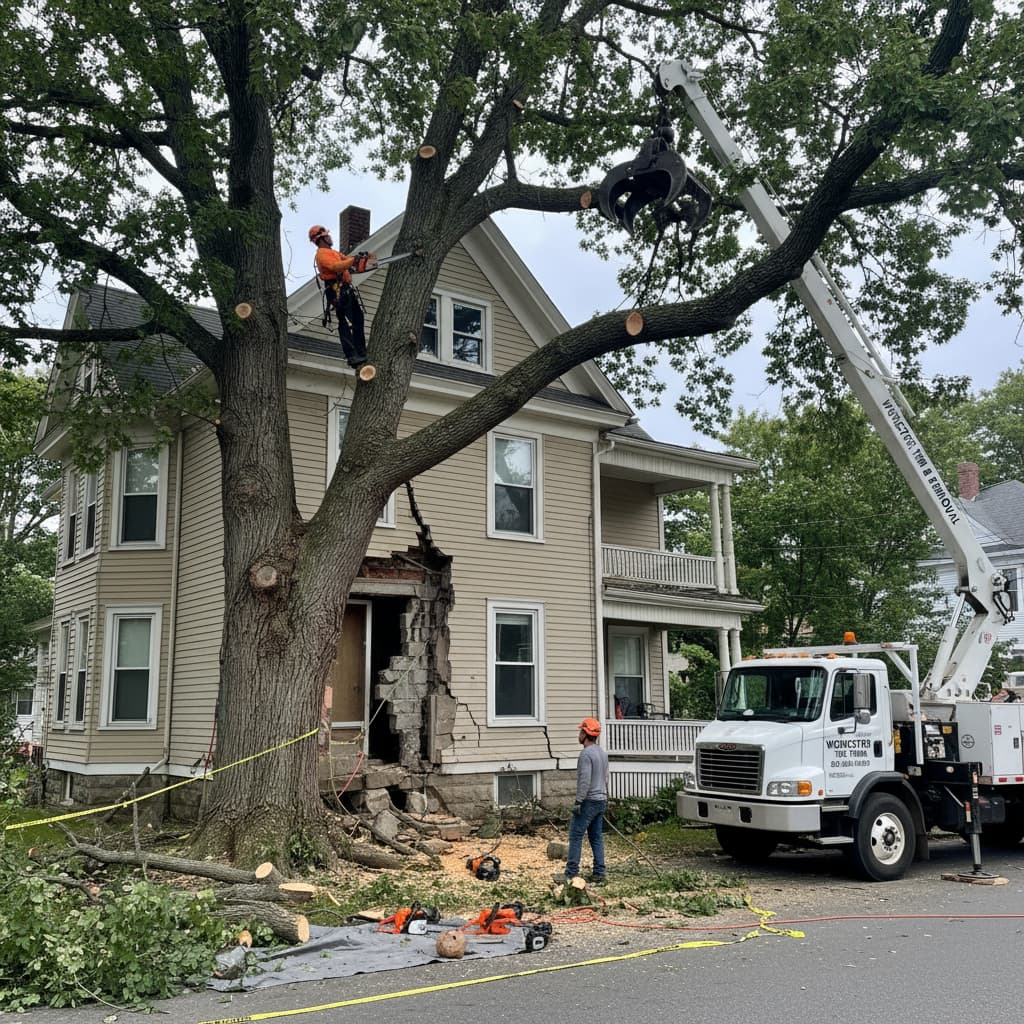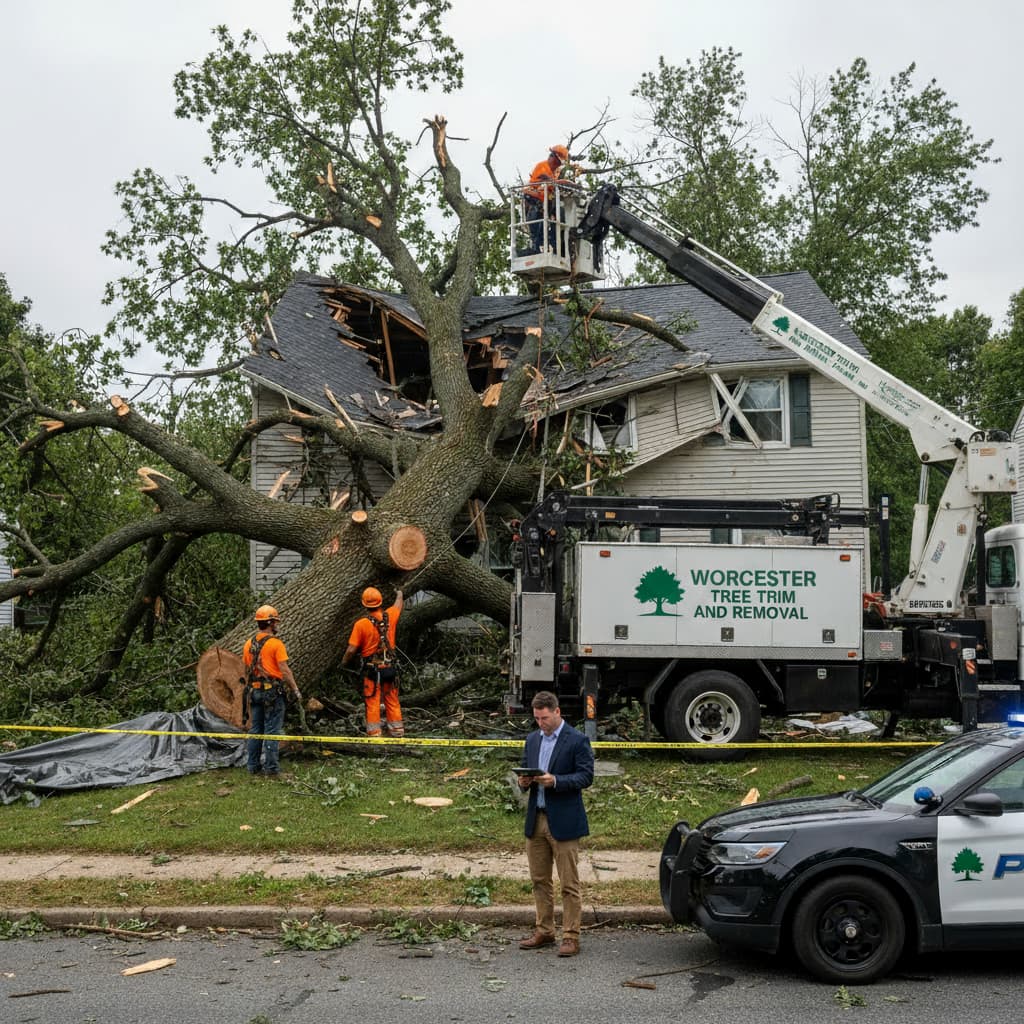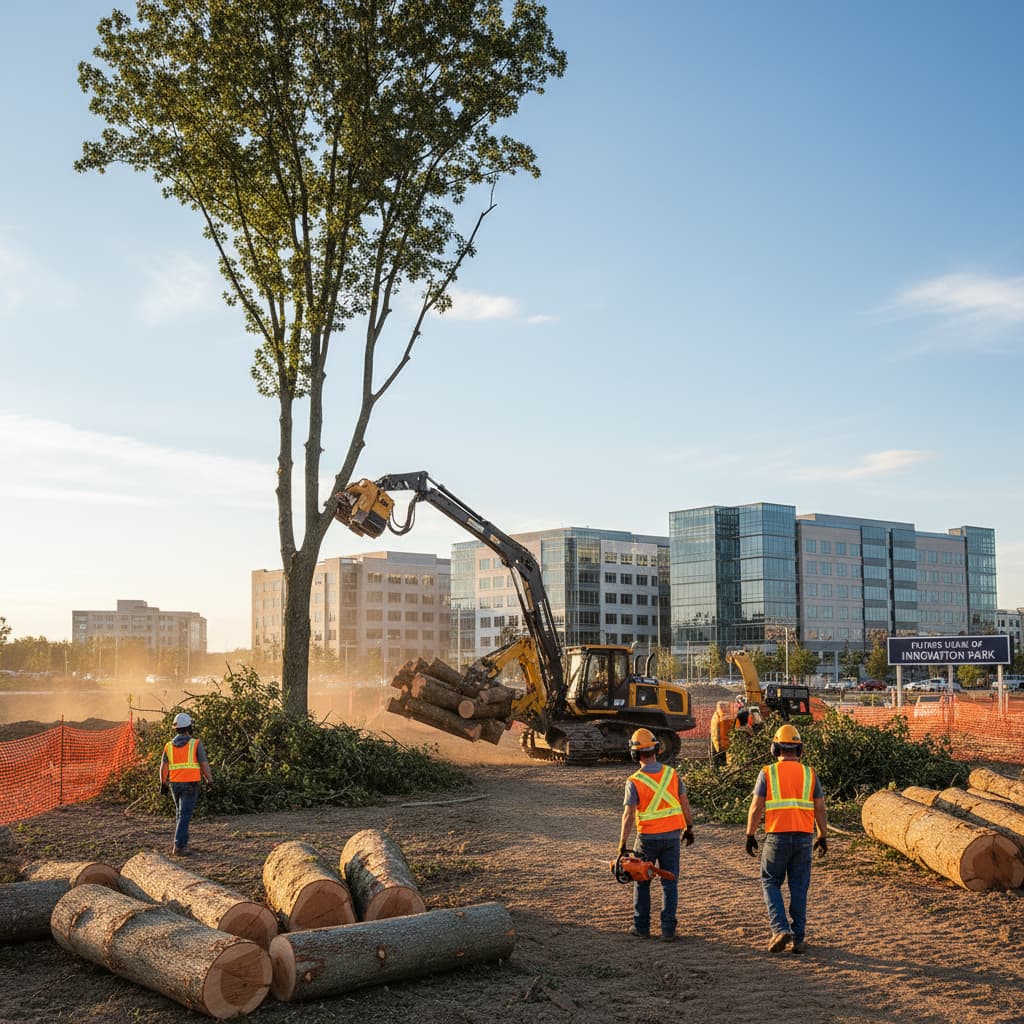
Tree Pruning in Worcester: DIY or Call a Pro?
Tree Pruning Worcester
Worcester homeowners facing overgrown trees or storm-damaged branches often wrestle with a fundamental question: tackle the tree pruning project themselves or invest in professional services. This decision carries significant implications for safety, tree health, and long-term property value throughout Central Massachusetts. From the mature oaks lining Green Hill Park to the street trees surrounding College of the Holy Cross, understanding when DIY efforts make sense versus when professional expertise becomes essential can save both money and prevent costly mistakes.
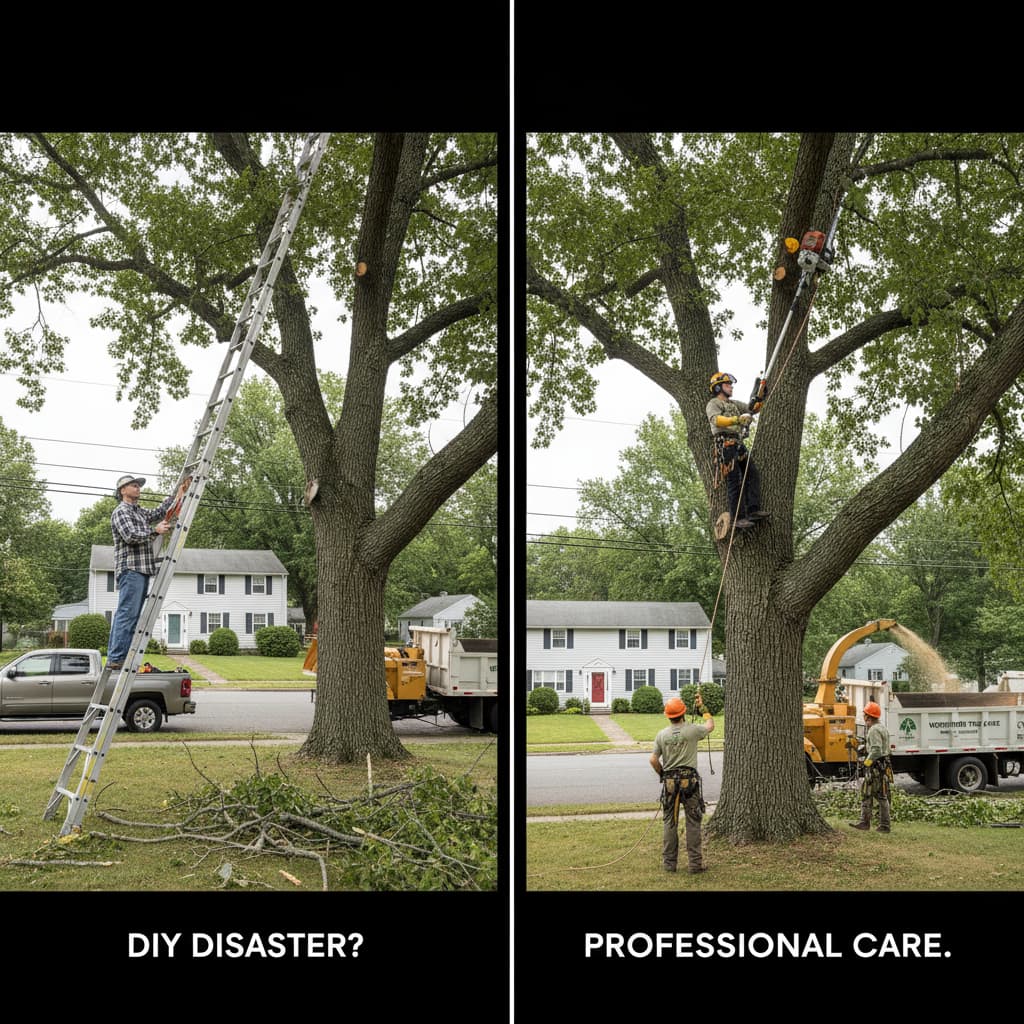
Understanding the Scope of Tree Pruning Projects
Not all tree pruning projects demand the same level of expertise, equipment, or safety measures. Successful decision-making begins with honestly assessing the scope and complexity of the work required for your Worcester property.
Small-Scale DIY Opportunities
Homeowners can safely handle certain limited pruning tasks with proper preparation and appropriate tools. Young trees under 10 feet tall, small dead branches less than 2 inches in diameter, and basic shaping of ornamental shrubs often fall within reasonable DIY capabilities.
Basic hand pruners, loppers, and small pruning saws can address minor issues like crossing branches, water sprouts, and small dead wood removal on accessible trees. These tools prove adequate for maintaining newly planted trees or addressing simple maintenance needs around Worcester properties.
However, even seemingly simple tasks require understanding proper cutting techniques, timing considerations, and tree biology to avoid causing long-term damage that may not become apparent for months or years.
Professional Territory: Complex and Hazardous Work
Large mature trees, work requiring ladders or climbing, branches near power lines, and structurally compromised trees demand professional expertise. Worcester’s established neighborhoods contain many trees that have grown to heights requiring specialized equipment and training to prune safely.
Trees with co-dominant stems, significant deadwood in upper canopies, or structural defects present hazards that trained arborists can identify and address safely. DIY attempts on such trees often result in injury, property damage, or tree death from improper cuts.
Crown Hill-Piedmont and other Worcester neighborhoods with mature canopy trees typically require professional services due to tree size, proximity to structures, and the complexity of work needed to maintain tree health and safety.
Safety Considerations for Worcester Properties
Safety represents the primary factor distinguishing DIY efforts from professional tree pruning, particularly given the unique challenges presented by Worcester’s urban environment and tree species.
Physical Hazards of Tree Work
Tree pruning involves inherent risks that multiply significantly with tree size and complexity. Chainsaw operation while balanced on ladders or in tree crowns requires specialized training and safety equipment that most homeowners lack.
Falling branches pose serious injury risks, with even small limbs capable of causing significant harm when they drop from height. Professional arborists understand branch behavior, weight distribution, and cutting techniques that control how and where branches fall.
Electrical hazards around power lines demand extreme caution and specialized training. Worcester properties often have utility lines running near or through tree canopies, creating potentially fatal risks for untrained individuals attempting pruning work.
Equipment and Insurance Considerations
Professional-grade chainsaws, pole saws, and climbing equipment require training to operate safely. Rental equipment may seem economical, but inexperience with powerful tools often leads to accidents or equipment damage that exceeds professional service costs.
Homeowner’s insurance policies may not cover injuries or property damage resulting from DIY tree work, particularly if proper safety procedures weren’t followed. Professional services carry liability insurance and workers’ compensation that protects property owners from financial responsibility for accidents.
Emergency room visits, property repairs, and equipment replacement costs can far exceed professional pruning expenses. The false economy of DIY tree work often becomes apparent only after accidents occur.
Tree Health and Biology Factors
Proper tree pruning requires understanding plant biology, species-specific characteristics, and long-term growth patterns that casual homeowners rarely possess.
Species-Specific Pruning Requirements
Worcester’s diverse tree population includes species with varying pruning needs and optimal timing windows. Oaks require different approaches than maples, while flowering trees have specific timing requirements to preserve blooming cycles.
Improper pruning cuts can introduce disease pathogens, create structural weaknesses, or stimulate problematic growth patterns that compromise tree health for years. Professional arborists understand how different species respond to pruning and adjust techniques accordingly.
Disease transmission through pruning tools represents another concern, particularly with oak wilt and other fungal infections present in Massachusetts. Professional services follow sanitization protocols and understand tree disease prevention measures essential for protecting tree health.
Long-Term Growth Management
Strategic pruning shapes trees for decades of healthy growth while addressing current problems. Homeowners focusing on immediate appearance concerns may create long-term structural problems through improper cut placement or excessive removal.
Professional arborists consider mature tree size, growth patterns, and structural development when making pruning decisions. This expertise proves particularly valuable for younger trees, where early training prevents future problems and reduces lifetime maintenance needs.
Understanding the 25% rule for maximum annual removal, proper branch collar cuts, and growth response patterns requires training that most homeowners lack. Violations of these principles can permanently damage or kill trees.
Cost-Benefit Analysis for Worcester Homeowners
Financial considerations extend beyond immediate service costs to include long-term tree health, property value impacts, and risk mitigation over time.
Hidden Costs of DIY Attempts
Tool purchases or rentals, safety equipment, disposal fees for debris, and time investment often make DIY pruning more expensive than anticipated. Quality tools suitable for tree work represent significant investments that may not justify occasional use.
Mistakes requiring corrective professional work, tree replacement costs, or property damage repairs can far exceed initial professional service estimates. Poor pruning cuts may necessitate complete tree removal years later, eliminating decades of growth and landscape value.
Time requirements for proper DIY tree work often surprise homeowners. Large trees may require days or weeks of work for inexperienced individuals, creating ongoing disruption and safety hazards during extended project timelines.
Professional Service Value Proposition
Professional tree pruning includes expertise, specialized equipment, safety measures, cleanup, and often guarantees on work performed. This comprehensive service package typically provides better value than DIY efforts when all factors are considered.
Certified arborists can identify and address multiple issues during single visits, combining pruning with disease treatment, pest management, or structural support systems. This integrated approach often proves more cost-effective than addressing problems individually.
Worcester Tree Trim and Removal provides transparent pricing, professional equipment, and certified expertise that ensures proper tree care while protecting property owners from liability and safety risks associated with DIY attempts.
When DIY Makes Sense vs. Professional Requirements
Clear guidelines can help Worcester homeowners make appropriate decisions about handling tree pruning projects themselves or engaging professional services.
Appropriate DIY Scenarios
Small ornamental trees, minor deadwood removal under 2 inches in diameter, and basic shrub shaping represent suitable DIY projects for homeowners with proper tools and basic knowledge. Work performed from ground level without ladders reduces safety risks significantly.
Seasonal maintenance like removing water sprouts, light crown cleaning, and small sucker removal can be handled by homeowners who understand proper cutting techniques and timing requirements.
However, even these limited tasks require commitment to learning proper techniques, investing in quality tools, and accepting responsibility for long-term tree health outcomes.
Professional Service Requirements
Any work requiring ladders, chainsaws, or climbing should be performed by professionals. Trees over 15 feet tall, branches larger than 4 inches in diameter, and work near structures or power lines demand professional expertise.
Structural pruning, disease diagnosis and treatment, and emergency storm damage cleanup require specialized training and equipment that professionals provide. These complex tasks directly impact tree survival and property safety.
Crown Hill-Piedmont properties and other established Worcester neighborhoods typically require professional services due to mature tree sizes, proximity to valuable structures, and complexity of urban forestry challenges.
Selecting Professional Services in Worcester
When professional tree pruning becomes necessary, choosing qualified providers ensures successful outcomes and protects property investments.
Certification and Training Standards
ISA Certified Arborists possess standardized training in tree biology, pruning techniques, and safety protocols essential for proper tree care. Massachusetts certified arborists understand local growing conditions and species-specific requirements common to Worcester area properties.
Verify credentials, insurance coverage, and local references before selecting tree pruning services. Established companies with strong local reputations provide better assurance of quality work and professional accountability.
Comprehensive Service Approach
Quality professional services assess overall tree health, identify multiple issues during single visits, and provide recommendations for long-term tree management. This comprehensive approach often proves more valuable than simple pruning services.
Worcester Tree Trim and Removal combines certified expertise with local knowledge of Central Massachusetts growing conditions, providing professional tree pruning services that enhance tree health, ensure safety, and protect property investments for Worcester homeowners who recognize the value of professional tree care.
